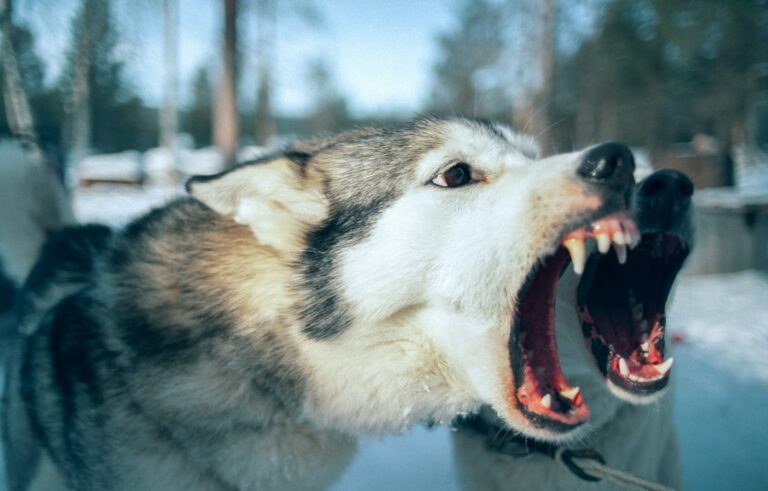15 Unexpected Things You Didn’t Know About Boxers
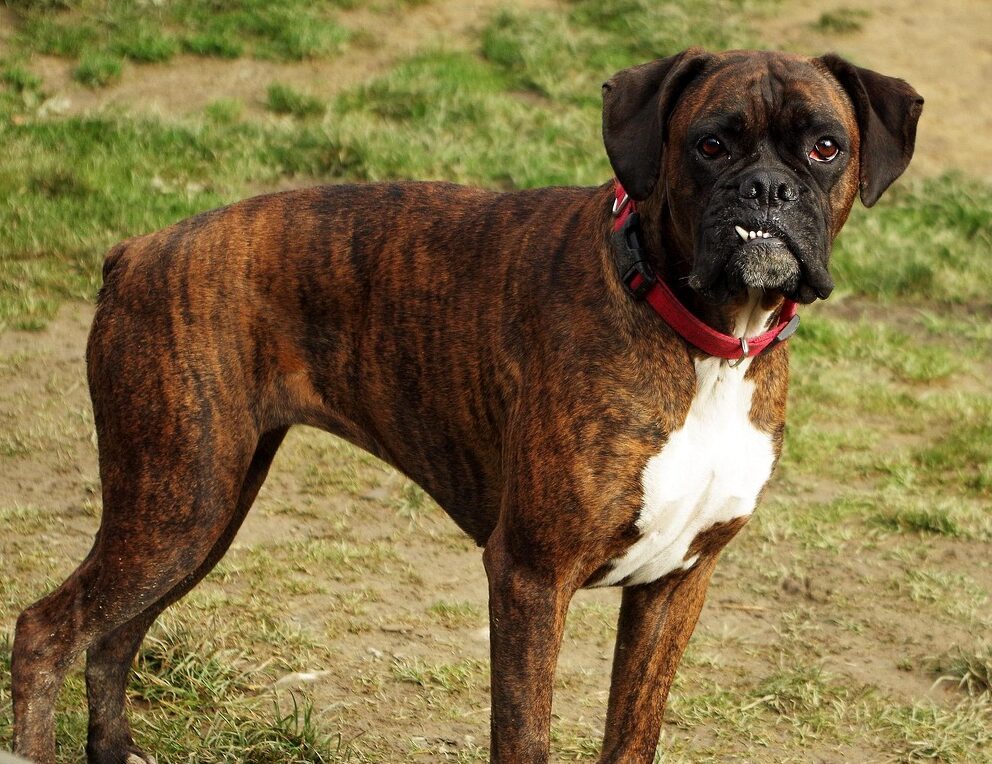
Boxers are one of those breeds that make a strong first impression—with their athletic build, serious stare, and boundless energy. But dig a little deeper, and you’ll find a complex mix of goofy behavior, emotional intelligence, and surprising quirks that make them endlessly lovable. Whether you’ve got a boxer curled up on your couch or you’re just boxer-curious, here are 15 things you probably didn’t know about this one-of-a-kind breed.
They’re not named after the sport.

Sure, they use their front paws in play like tiny furry prizefighters—but the name “Boxer” likely comes from an old German term, Boxl, used by early breeders. Their paw-punching play style may have reinforced the connection later, but the breed didn’t get its name from stepping into a ring. Still, they throw a mean jab—just ask the coffee table.
They were originally bred to hunt big game.
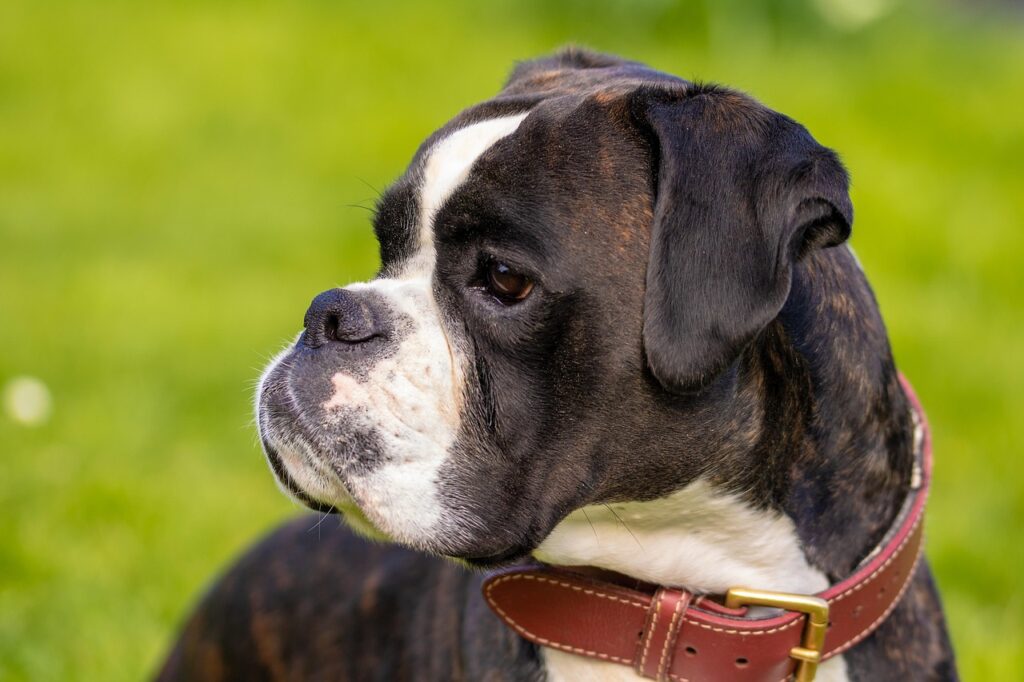
Modern boxers are sweet, bouncy family dogs, but their ancestors had a serious job: helping humans hunt wild boar, deer, and even bears. They descend from the powerful German Bullenbeisser, a now-extinct mastiff-type breed known for holding prey in place until hunters could arrive. That instinct for bravery and boldness is still baked into the boxer’s DNA.
They’ve worked in the military.
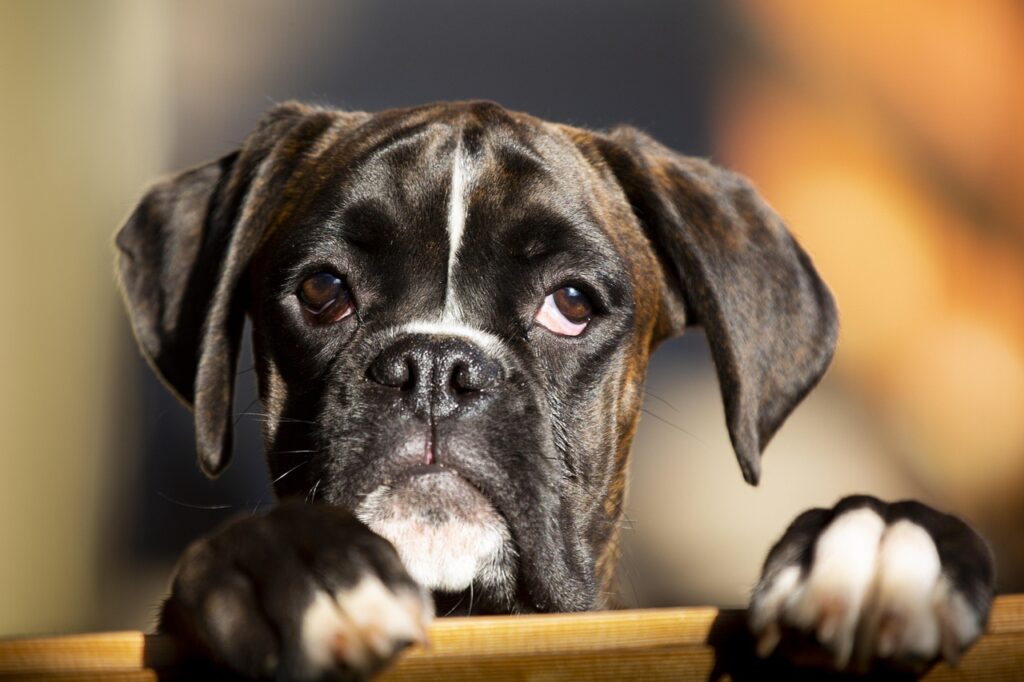
Boxers weren’t always just family companions—they’ve also served on the front lines. During World Wars I and II, they were used by military forces for guarding, carrying supplies, and delivering messages under fire. Their intelligence, strength, and loyalty made them ideal soldier dogs. These days, they’re more likely to guard your pizza than a war zone—but the heart of a hero is still there.
They’re late bloomers.
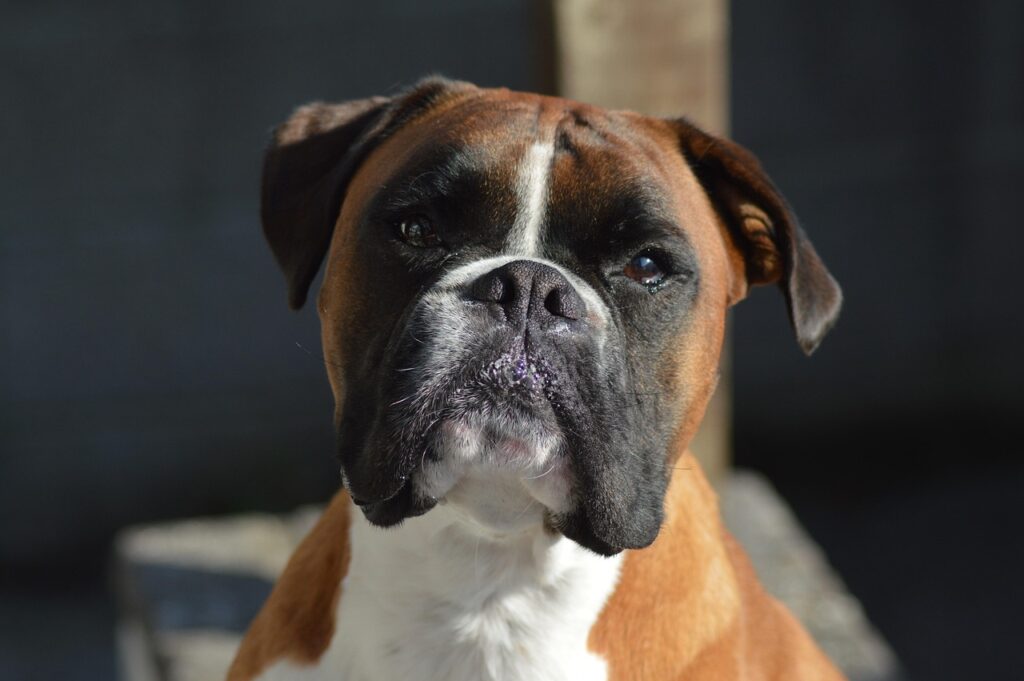
If you think your one-year-old boxer is a hyperactive lunatic, you’re not wrong—and it’s completely normal. Boxers take a little longer to mature, often not reaching full emotional or behavioral maturity until 2.5 to 3 years old. Until then, they live life like oversized toddlers on an espresso buzz. Expect zoomies, silliness, and the occasional shoe theft.
They do the “kidney bean dance.”

When a boxer is thrilled to see you (which is often), they’ll contort into a U-shape and wriggle their whole back half while spinning in a half-circle. This joyful move is called the “kidney bean dance,” and it’s one of the breed’s most endearing trademarks. It’s not exactly elegant, but it’s 100% pure boxer love.
They make fantastic babysitters.
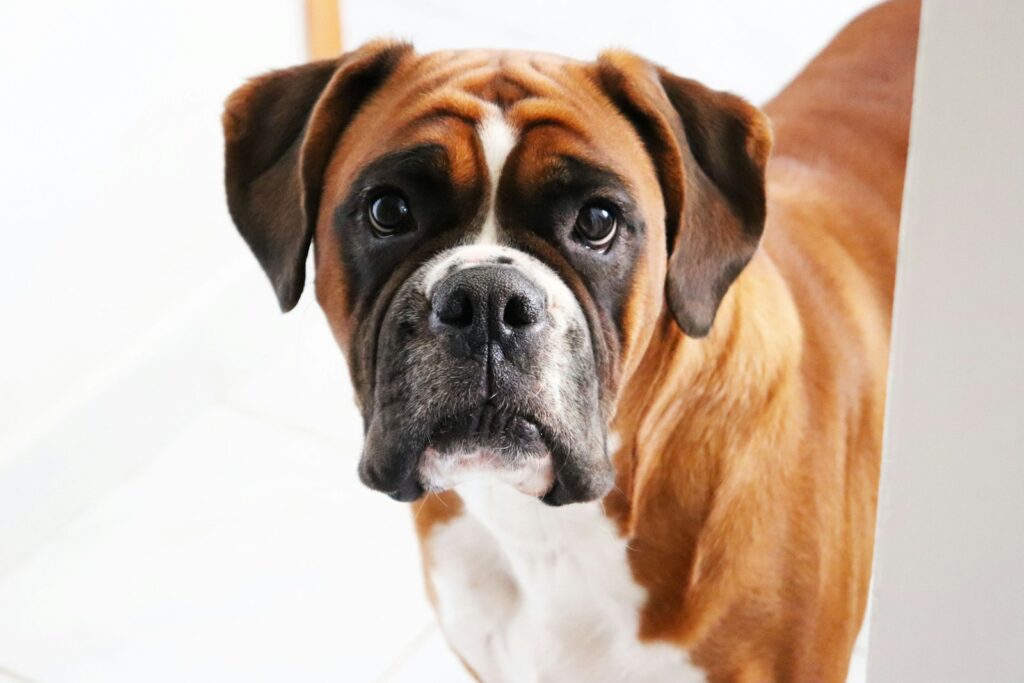
Boxers are famously gentle and patient with children, often forming deep bonds with the little ones in their household. In fact, in Germany, they’ve been nicknamed “nanny dogs” or “babysitter dogs.” They’re protective without being aggressive and playful without being too rough. Just keep in mind that their energy level is sky-high—they’ll happily play tag all day long.
They’re not great in extreme weather.
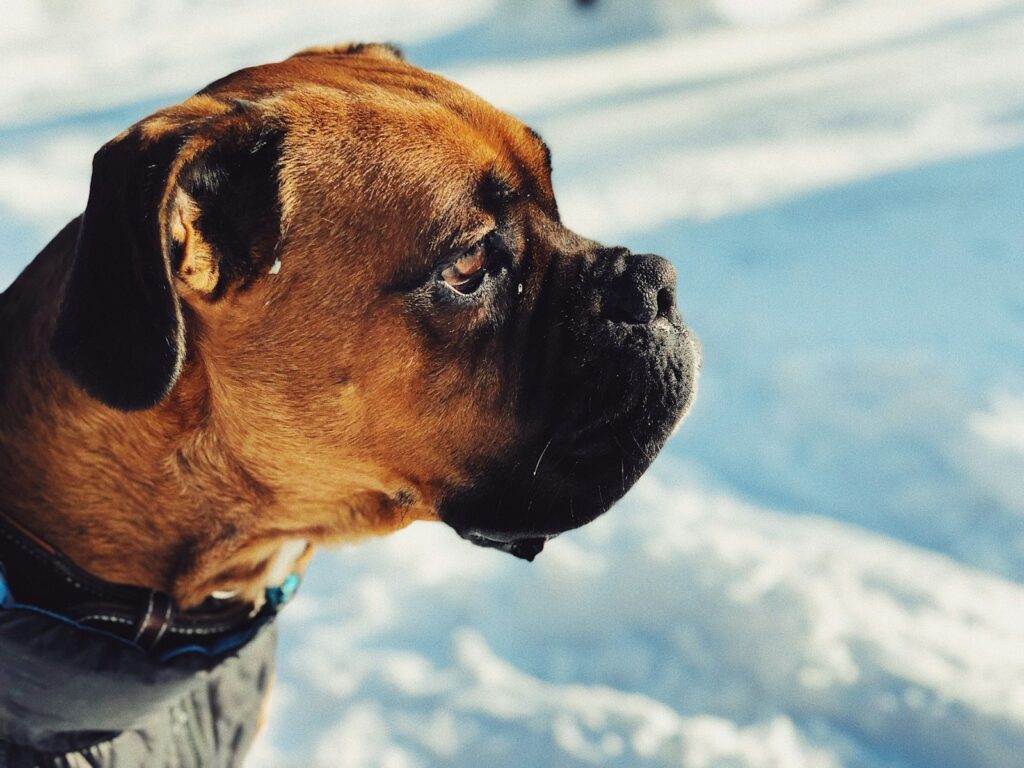
That short coat and squished snout come with trade-offs. Boxers don’t do well in very hot or very cold temperatures. Their brachycephalic (short-nosed) structure makes it harder for them to regulate body temperature, so they’re prone to overheating in summer and shivering in winter. They’re best suited to moderate climates—or just living indoors like the spoiled royalty they are.
They’re champion snugglers.
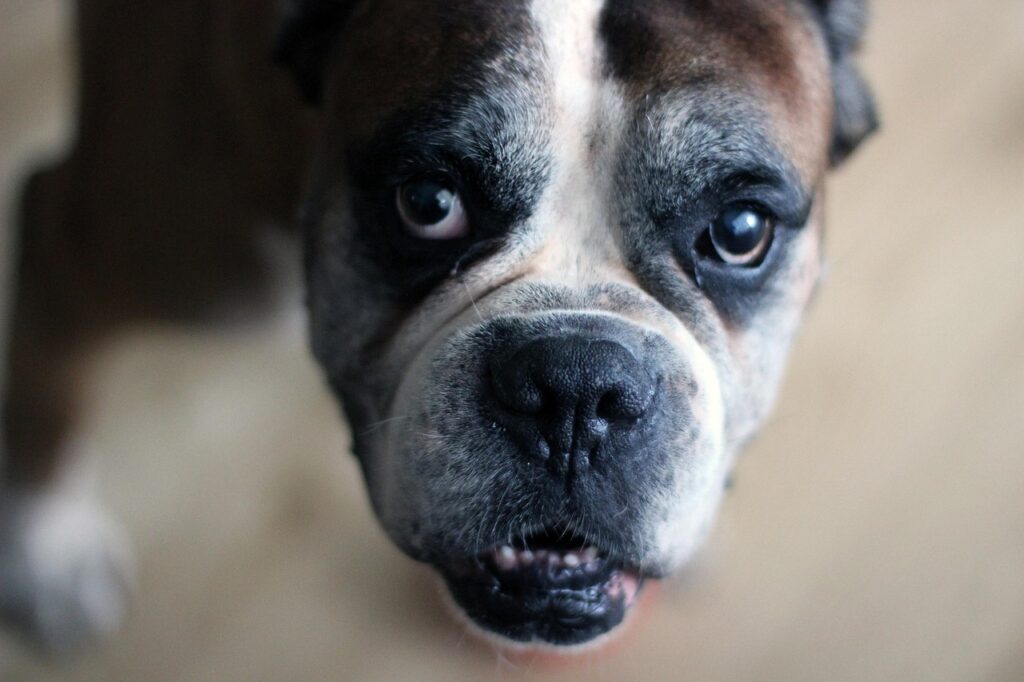
Despite looking like they’re built for action, boxers are absolute cuddle monsters. Once they’ve had their daily runaround, they’ll happily crash on your bed, couch, or lap—whichever is closest. They thrive on human contact and often follow you from room to room, just in case you were thinking of snuggling without them.
They snore. Loudly.
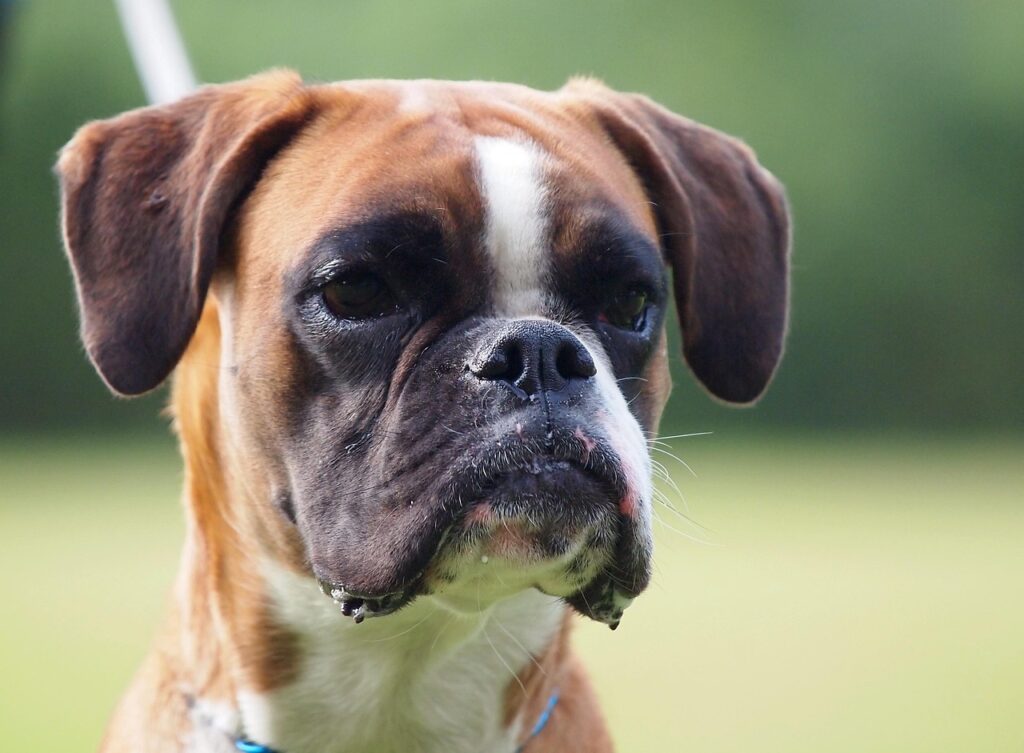
Between their flat faces and relaxed sleeping habits, boxers can produce an impressive nighttime soundtrack. From snorts to full-on chainsaw snores, their nasal passages don’t mess around. If you’re a light sleeper, you might want to invest in earplugs—or learn to appreciate the soothing growl of a boxer dozing at your feet.
They’re prone to separation anxiety.
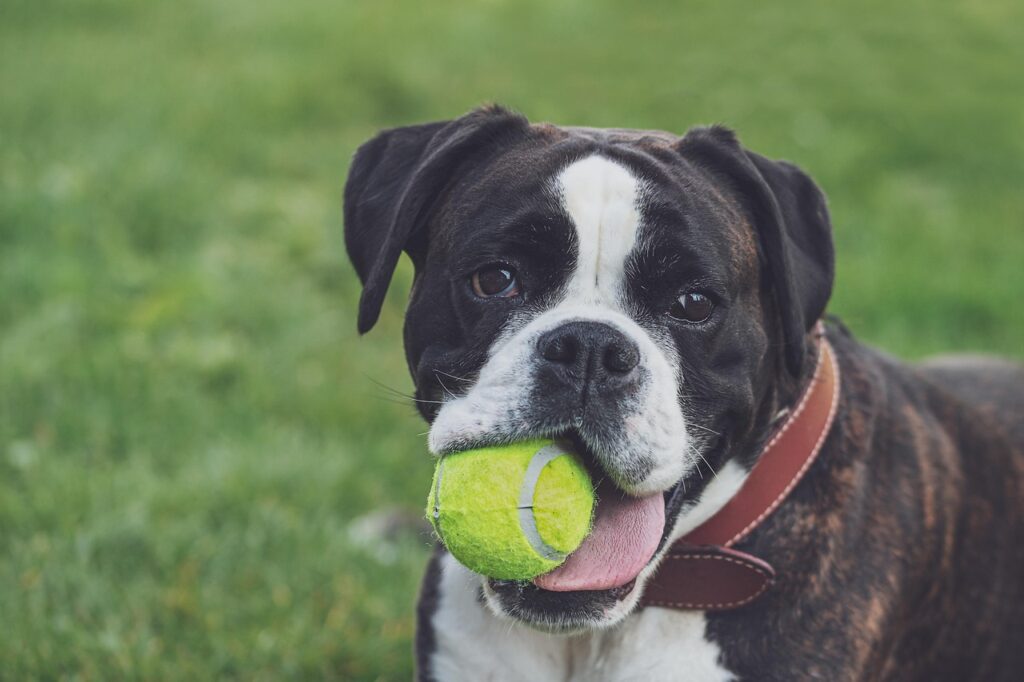
Boxers bond hard with their people—and they don’t like being left out of the action. When left alone too long, they can become anxious or destructive, chewing furniture or pacing nervously. This is a breed that thrives on companionship and structure. They’re not ideal for people who are gone all day unless there’s a dog walker or furry sibling to help out.
They’re smarter than people think.
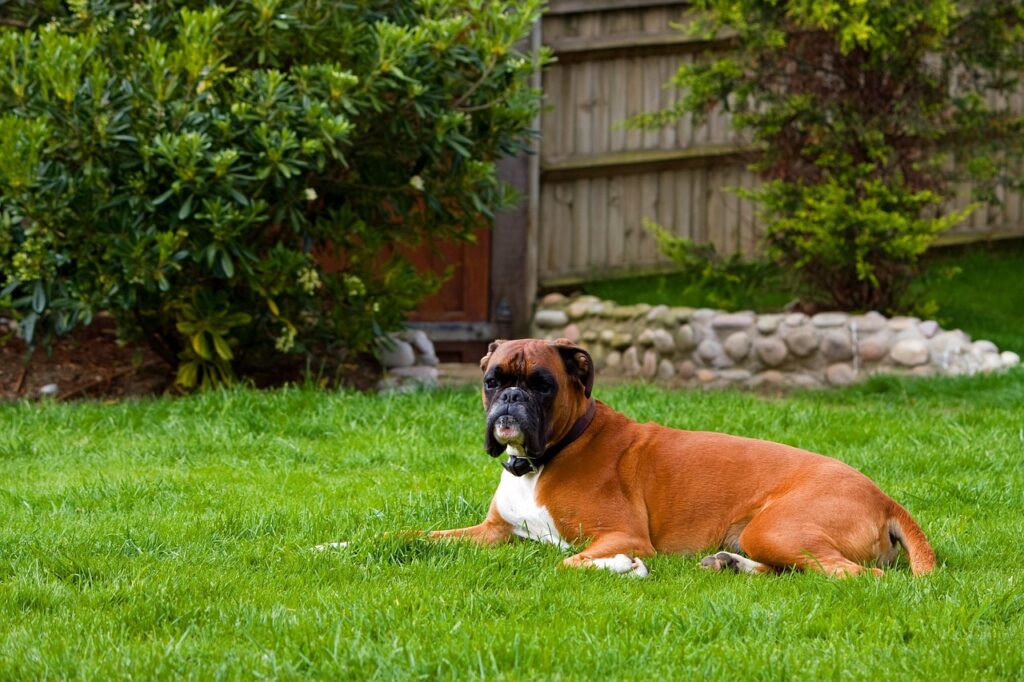
Boxers are sometimes unfairly labeled as “stubborn,” but really, they’re just independent thinkers. They’re intelligent and capable, especially when motivated by treats, toys, or praise. But they need mental stimulation and variety. Repetitive drills? Boring. Fun games and challenges? Now you’re speaking their language.
They drool (but not all of them).
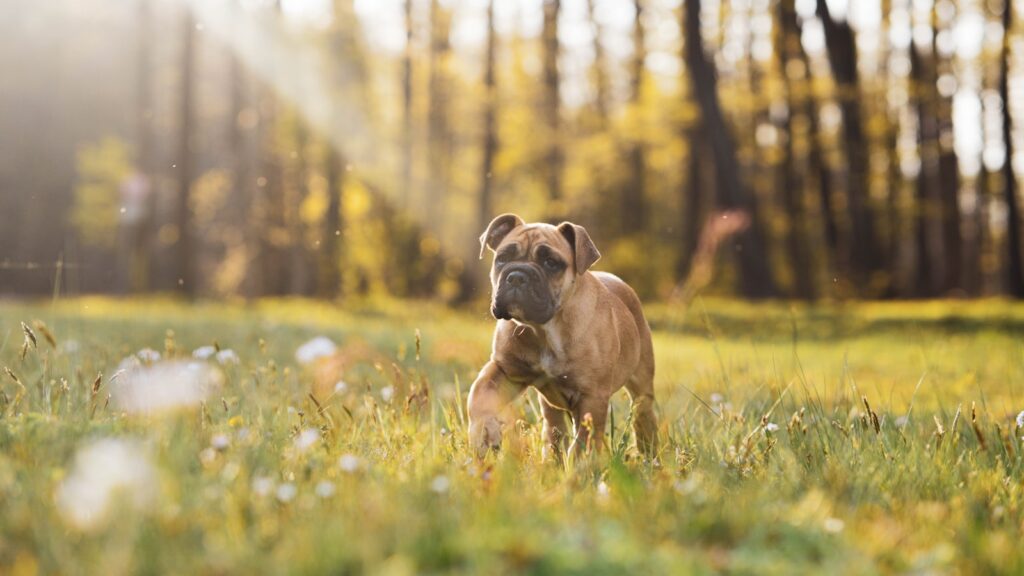
Boxer drool levels vary by individual. Some barely make a mess, while others can leave a string of drool across your jeans, your walls, and your soul. It depends on their jaw shape and genetics. Pro tip: keep a drool rag handy near the water bowl, and accept that boxer ownership sometimes comes with a little extra shine.
They have expressive faces.
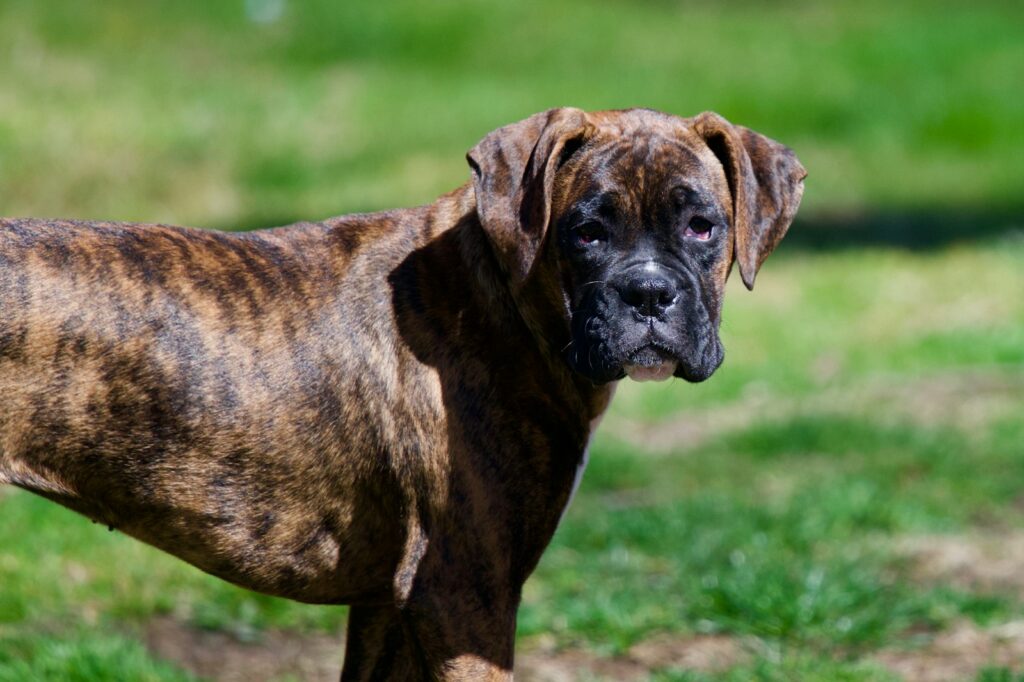
Boxers don’t hide their feelings. Their eyebrows move, their eyes widen, and their whole face shifts with each emotion—from dramatic guilt to over-the-top excitement. They’re basically canine comedians with built-in acting skills. If you ever wondered what your dog is thinking, your boxer will tell you—loud and clear.
White boxers aren’t albino.

While around 20–25% of boxers are born white, they’re not albino. They just have a genetic variation that causes a lack of pigment in the coat. White boxers can be just as healthy as others, although some are born deaf in one or both ears. They also require extra sun protection to avoid burns. Spoiler alert: they’re just as goofy and lovable.
They don’t realize their size.

Boxers are powerful, medium-to-large dogs—but don’t tell them that. They’ll happily leap onto your lap, barrel into your guests, or wedge themselves between you and your laptop, all while believing they’re tiny lap dogs. This hilarious lack of self-awareness is part of what makes them so loveable—and slightly dangerous to glass coffee tables.


